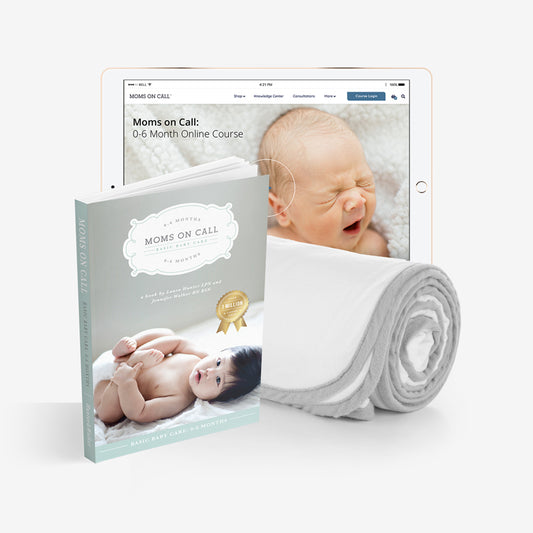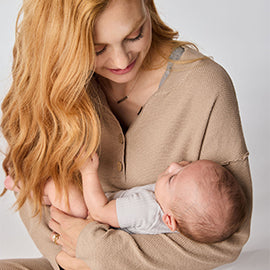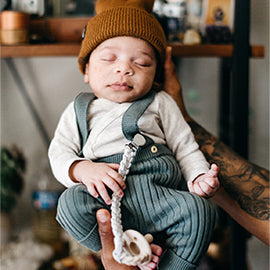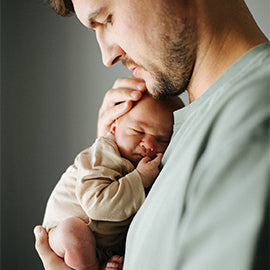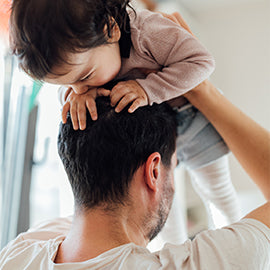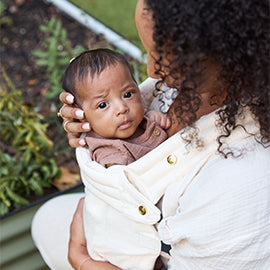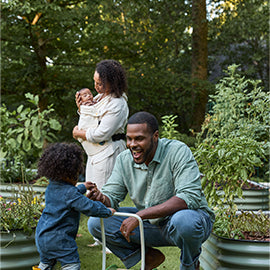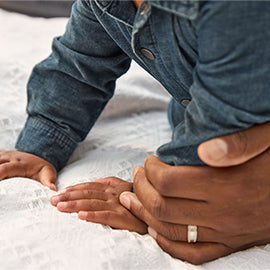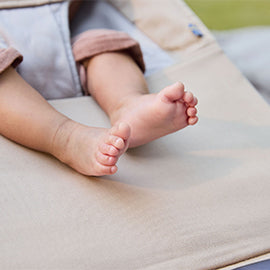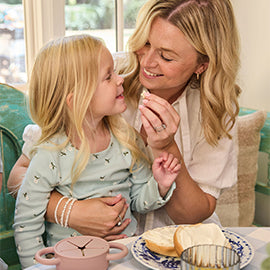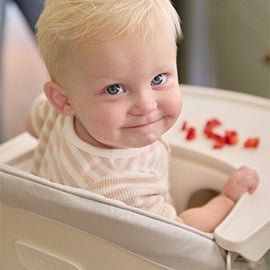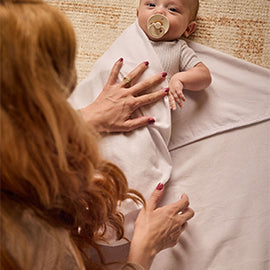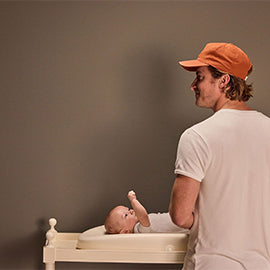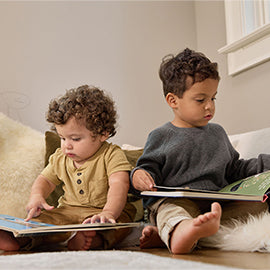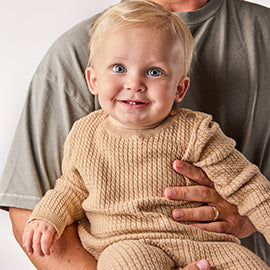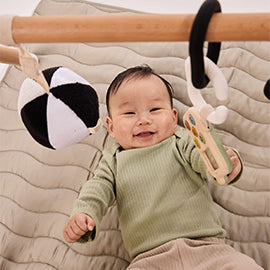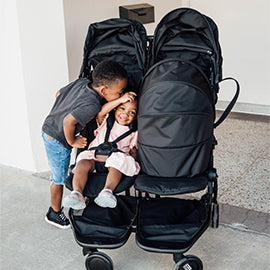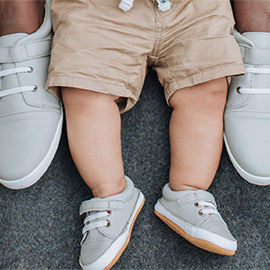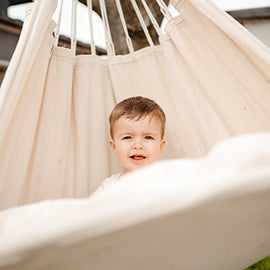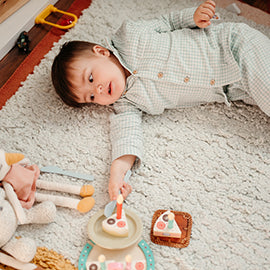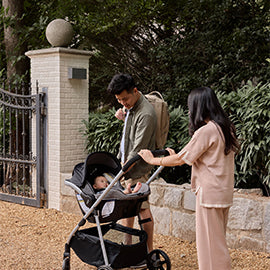‘Climbing out of bed’ is a phrase, toddler climbing out of crib is a problem. So, what to do when toddler climbs out of crib?
I distinctly remember a consult I had a few years ago; I was meeting with the nicest family in the evening. After their toddler had been put in their crib for nighttime, we gathered around the dining room table downstairs to talk about how we were going to transition this creative, ingenious 2 ½-year-old from a crib into a toddler bed.
About five minutes into our discussion, we heard a huge “THUNK” above our heads. We looked at one another with eyebrows raised, asking the invisible question, “Did what we think just happened to happen?” Then the mad rush upstairs to find a rather proud 2 ½-year-old on the floor looking none too surprised about what she just accomplished. That is when we knew...we had to get started right away.
So, until we could get all the elements in place for a safe transition, we found a one-size-too-small sleep sac that zipped comfortably but kept that one little leg from gaining access to the top of the rail. We put that on her, and before we placed her back into the crib, we made sure the crib mattress was on the deepest setting (lowest to the ground).
Then we spoke of the things we can do and what we cannot do to address this Movement child’s propensity to figure out how to climb stuff. (What is a Movement child? See the Toddler by Design App.)
What to do if your toddler climbs out of crib?
Stuff we cannot do
- We cannot “convince” a toddler not to climb out of their crib once it has happened. It is a new skill, and they love it (especially if we come in multiple times to tell them to “lay down”). We never feel completely safe about it, even if they nod that they will never try it again. Toddlers are not trustworthy. I do not know how long you have had yours, but I doubt this is news to you. Toddler climbing out of crib is simply a clear sign that they are ready for the freedom of a toddler bed.
- We cannot transition them into a toddler bed without being prepared. They will end up in our beds. They know what they are doing. We have to be one step, one child-proofed room, and one closed door ahead of them.
Stuff we can do
- Recognize that a toddler is excited to have more space. It just takes some time for them to learn the new “rules” about this big, fantastic change. Our job is to keep the routine intact AND provide a safe sleep environment for them read the entire “Transitioning to a Toddler Bed” chapter included in the Moms on Call Next Steps Baby Care and Toddler Books.
- Keep them safe, just in case. As soon as they climb out of the crib, that first-time child proof their room and turn around their bedroom door handle so you close and lock the door from the outside (hallways side). Do not treat closed doors as a punishment for “not staying in their bed.” Make their space safe, and that means they do not have access to an entire house of danger while adults are asleep. Even with all other measures, this is backup, and this is crucial.
- Transition to that Toddler bed ASAP. Want to know exactly what to say and do? like “We close the door to keep you safe” (convincingly, guys, confident face!) Read the Moms on Call “How to” and be ready for a 3-5 night transition where they test those healthy boundaries, try to engage you through the door, and finally figure out what nighttime looks like in your safe and wonderful home where everyone sleeps all night as we planned it that way.
We give our instructions with confidence. We believe in our child’s ability to do what we are asking of them. Lastly, we follow through with the instructions we set in place for them. Families thrive when the parents are clear, confident, and in control! You’ve got this!
Check out the Moms on Call Toddler Online Video Course, which includes simple ways to communicate with your toddler in a way that brings out the best in them! The toddler online course also covers tips for managing sleeping, feeding, tantrums, hitting/biting, the “no” stage, potty training, and much more.


